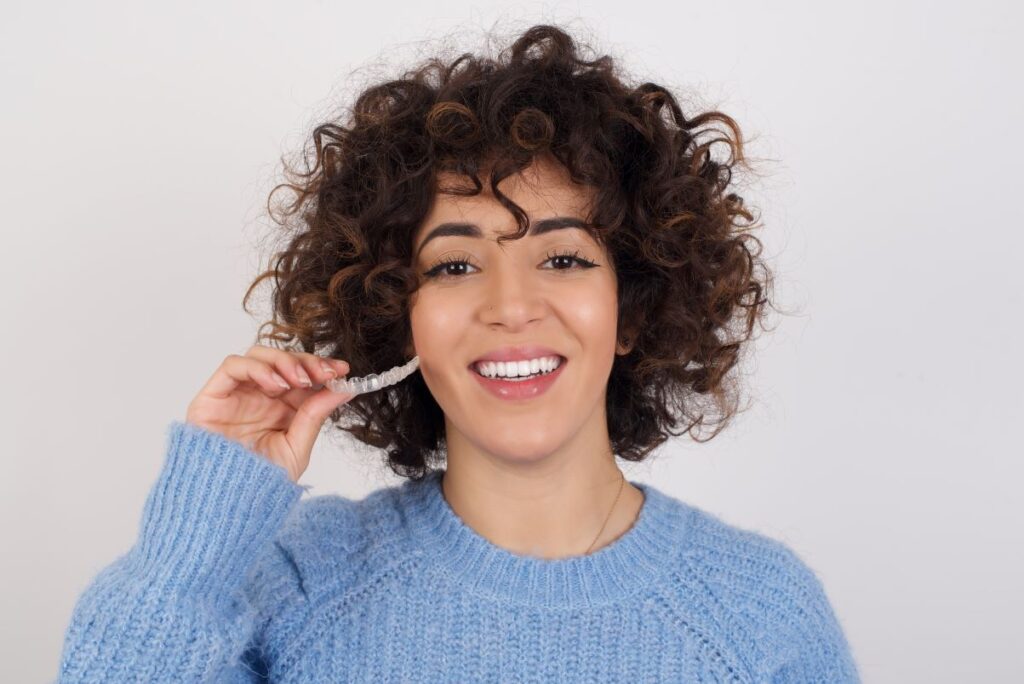
If you need orthodontic treatment but have been hesitant to commit to traditional braces, you may be a great candidate for Invisalign. Invisalign can treat a variety of bite issues without the need for wires and brackets, instead using clear aligner trays that fit over the teeth almost invisibly. They are easier to care for, remove for cleaning and meals, and are a lot more comfortable, too. Here are some common orthodontic problems that can be treated with Invisalign, and a few that can’t.
What Invisalign Corrects
Overbite
When your upper teeth close too far in front of your bottom teeth, this is known as an overbite. This positioning can make it challenging to bite into and even chew certain foods.
Underbite
If your lower teeth protrude further than your upper teeth, this is known as an underbite. Underbites can increase the risk of damage to your teeth and can also cause speaking problems.
Crossbite
A crossbite occurs when the upper teeth are positioned inside the lower teeth. People with crossbites are at an increased risk of chipped teeth and receding gums.
Crooked Teeth
When your teeth are out of alignment, they can appear crooked or jagged. Crooked teeth can be a problem on their own, or you can have them in addition to a bad bite.
Gapping
Gaps between your teeth can not only cause spacing issues, but they can also cause food and bacteria to get stuck between your teeth and make flossing a challenge.
Crowding
Crowded teeth can be difficult to clean between and can increase your risk of interproximal cavities.
What Invisalign Cannot Correct
While Invisalign is great for correcting a wide variety of bite issues, there are still certain problems that are better suited to treatment with traditional braces. These include:
- If you have short, pegged, or round teeth, you may not be able to get a proper fit with aligners.
- Any molar that is rotated more than 20 degrees or tooth that is tilted more than 45 degrees.
- Larger gaps between teeth.
- If your teeth need to be raised or lowered.
- Midline (the imaginary line down the center of the face) movements can only be made up to 2mm with Invisalign.
- If you have bridges, crowns, or veneers.
The great news is that while there are still a few things it can’t correct, there are many things it can. Don’t be discouraged about needing braces. You could be an excellent candidate for Invisalign!
About Dr. Singh
Dr. Sikander Singh believes in compassionate dentistry and treating each of his patients with dignity and respect. His individual approach to oral health means you are more than just a number, and the care you receive will always be personalized to you.
Dr. Singh is a member of the American Dental Association, the Pennsylvania Dental Association, and the York County Dental Society.
To schedule an appointment for Invisalign at Aesthetic Dental Arts, please visit our website or call us at 717-755-4143.



